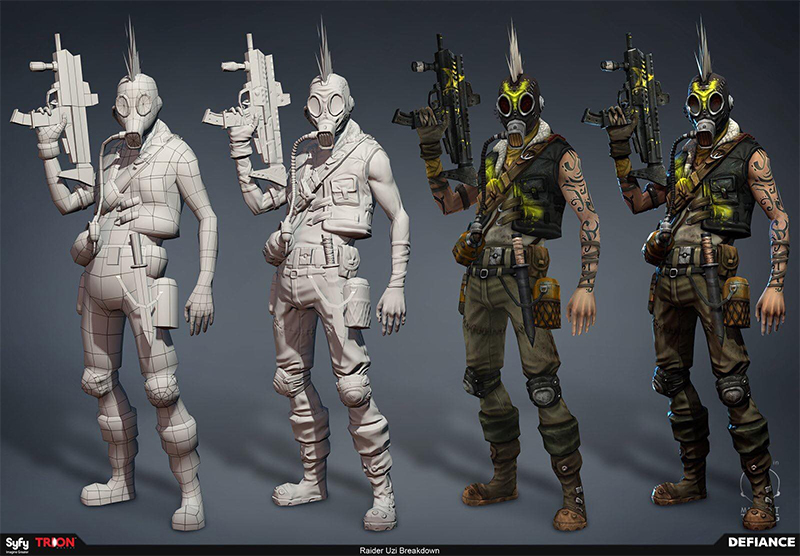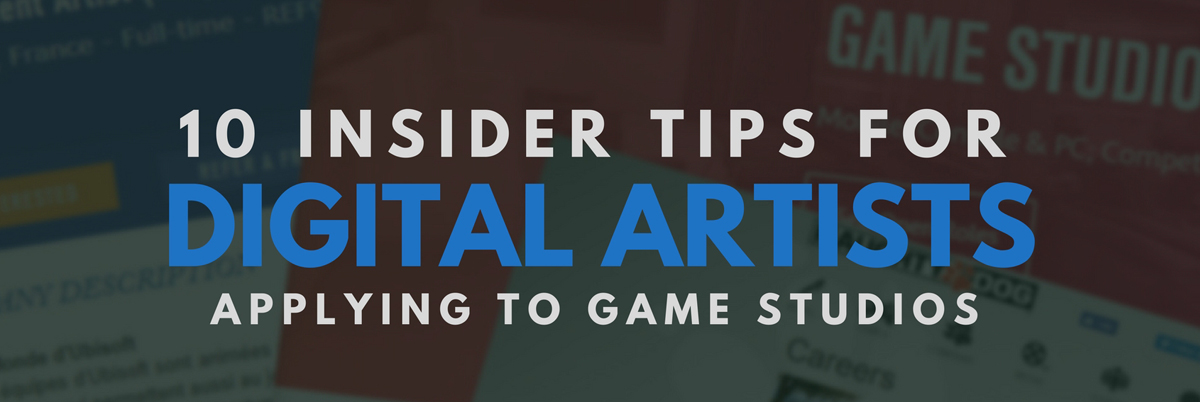
So you want to be a video game artist...
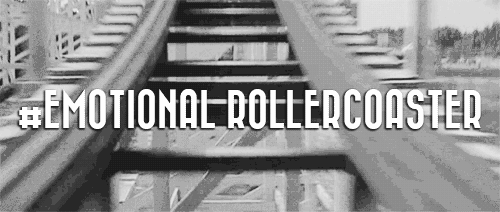
I really wish it was as simple as just tightening up the graphics on level 3...
1. Your game art portfolio should contain actual game art...
2. Context is king

3. Radio silence is a form of feedback.

4. Just because you finished an art school program and technically tick all the boxes doesn't guarantee you a job.
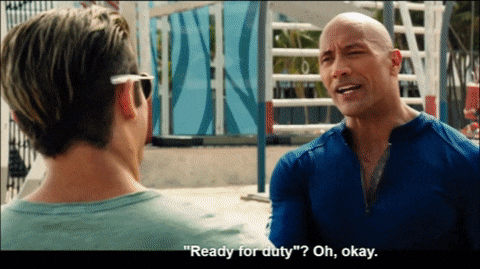
5. With so much competition out there, your work needs to be AAA quality.
Depending on how much work you produced at school or during a self teaching period, this could be as extreme as throwing away all the old work that is actually an anchor dragging you down, and starting fresh with your current skill set. Posting your work on forums will help give you an indication and net you feedback from industry pros in the process. There is even a thread on Polycount specifically showcasing the portfolios of people who recently got hired. Check it out and see how your portfolio stacks up against the competition.
With so much media available online, you should easily be able to find screenshots or let's plays of the studio's last/current project. Hold your work up next to it and ask yourself honestly how big the gap is. Pivot accordingly, back to your home studio for some revisions or smash that apply button with confidence. Aim for quality over quantity, and cut any old work you are unsure of. Be brutal, and subjective. Don't be romantic about your work, because the people looking to hire you won't be. 3 amazing pieces give you a better chance of winning than 6 "ok" pieces that feel like they are there to simply fill out the portfolio.

6. If you were rejected 6 months ago, don't re-apply with a small update to your portfolio.
7. When possible, attack from the side!
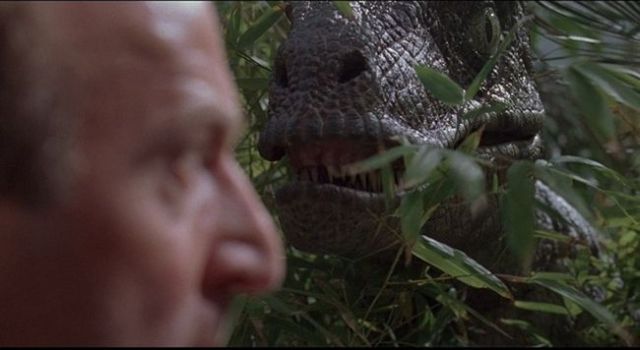
8. If you are a digital artist, your portfolio should live on ArtStation.
9. Even if you are "in talks" with a studio, keep producing new work and applying elsewhere.
10. A little patience goes a long way

Final Thoughts
First off, thanks for taking the time to power through that novel of a post! I really hope you got some form of value out of it that you can use to help achieve your goals/dream job. These thoughts are just my own opinions based on the last 10 crazy years of bouncing around the industry. I have been fortunate to work with some really talented people and had some amazing mentors over the course of my career, so I am trying to do what I can to reach back and help others avoid some of the pitfalls and setbacks I encountered along the way.
It can be a frustrating process when you are first starting out, but stick with it and I can tell you from experience it's definitely worth it!
This is the first article on Polygon Academy! If you got something out of it or think it would help a fellow student/colleague/friend please share it with them, it would mean the world to me. Also let me know below what you thought! Too long of a read? Not enough cat images?! Have questions about the industry? Drop 'em below in the comments 🙂 - Tim
